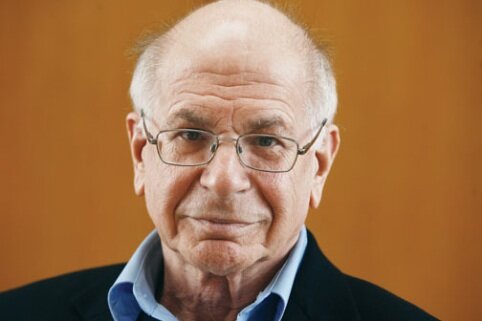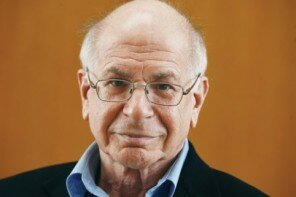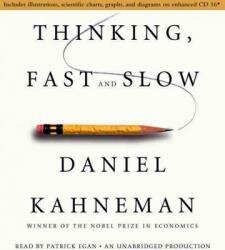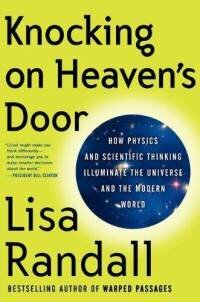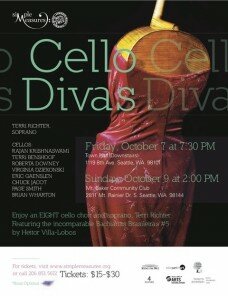I had never seen John Hodgman live before Monday night, so going into his reading at Town Hall, I didn’t really know what to expect. On one hand, a book reading is a book reading is a book reading, right? Ha! I may have been naive about a Hodgman reading, but my naivete was repaid with music, comedy, and finally: a reading.
John Hodgman is very fond of theatrics. (I know, I know, that’s like saying the sun is fond of Denver.) His opening gambit had Sean Nelson (formerly of Harvey Danger) playing the part of John Hodgman, with John Roderick (The Long Winters) on stage as well, guitar at the ready. Suddenly, from the audience: a ruckus! Some random audience member was hollering for Hodgman, the real Hodgman, to get out on stage, already.
So Hodgman appears, and it becomes clear that this is not a random audience member (you probably already knew that)–it’s They Might Be Giants’ John Flansburgh! At some point, Jonathan Coulton also appeared with a guitar. It was madness! (If you’re keeping track at home, that’s one (1) Sean, one (1) Jonathan, and three (3) Johns.) The bit ended with the audience feeling sorry for everyone except Hodgman, who proceeded to sit down, take off his shoes and socks, and do the rest of the show barefoot.
Even though he had antagonized his collaborators and tried to pull one over on us, we were all ready for anything, eager to laugh and participate and pick up on his obscure (or not so obscure) references (Leon Redbone, Dr. Who, Wilford Brimley, Chekhov, Michele Bachmann, etc.). Some of us were too eager to participate; with a consummate performer’s slight egotism, he reminded one man in the crowd of something Paul F. Tompkins said: “This is still a comedy show, and this is still a monologue.”
In other ways, though, participation was the theme that night. Perhaps it would be better to say collaboration; the men on stage were there to enhance the comedy, the reading, and the man himself. And without an audience who understood him, the show would’ve fallen flat. We were putty–I think a large percentage of the audience would’ve done anything he told us to. After hearing a random “whoo-hoo!” in response to the date, Hodgman made the noisemaker (a teenage boy) stand up and come forward, so we could all see this eager November 7, 2011, enthusiast. He called those who booed his recent 40th birthday “grim” for booing his mortality.
He finally got around to reading from his latest book, That Is All, which was the ostensible reason for the event. He read sections on Sports and Magic, which I would try to sum up for you, but really you should just buy the book. Or check it out of the library. Any summary I could give you would not do the book justice. (I can’t resist mentioning my favorite part, by far, which was when he started talking about elemental hockey. Ice hockey, air hockey, etc., and the Table of Elemental Hockies. [Also, his summation of soccer: they kick the thing in the thing until they’re so bored they fight.])
After comedy hour, we were treated to some music. First, Roderick and Coulton sang and played a song about mortal enemies, called “Nemesis.” Then John Flansburgh sang us a song, a capella, that he had seemingly just made up, about a night custodian. Sean Nelson sat down at the piano and gave us a medley of “Every Day is Like Sunday,” “Baba O’Riley,” and “We Will Become Silhouettes.”
After even more comedy and a reading of Hodgman’s first script for his reality TV show (where people are kidnapped and forced to compete in a competitive hoarding show), for which he pulled local celebrity Ken Jennings out of the audience, the whole crew (John, John, John, Jonathan and Sean) sang “Tonight, You Belong to Me” with Hodgman on ukelele. A fitting end for a show in which we did, indeed, belong to him.
